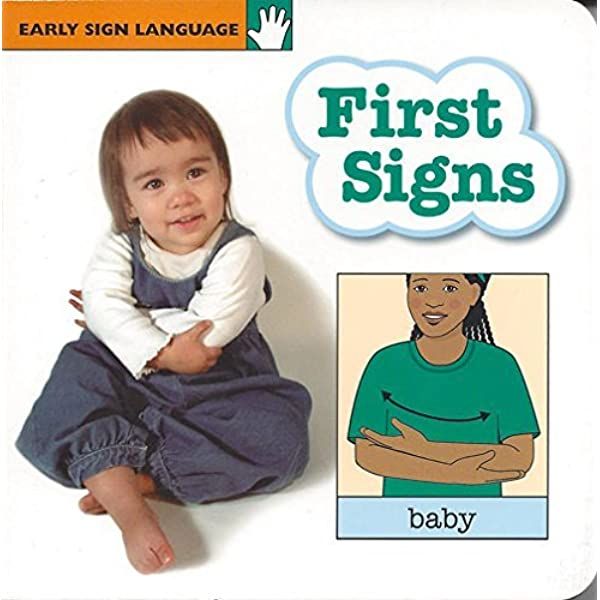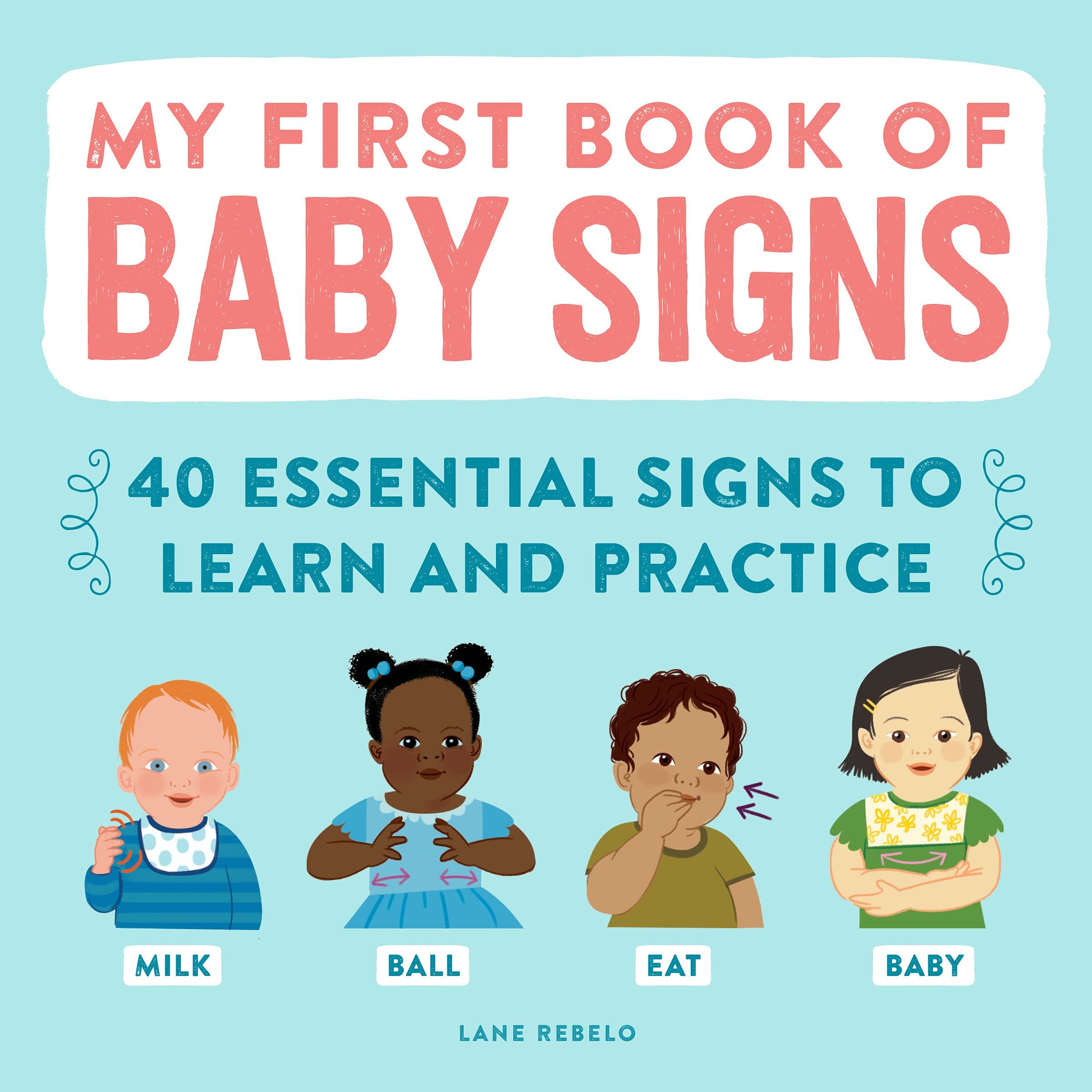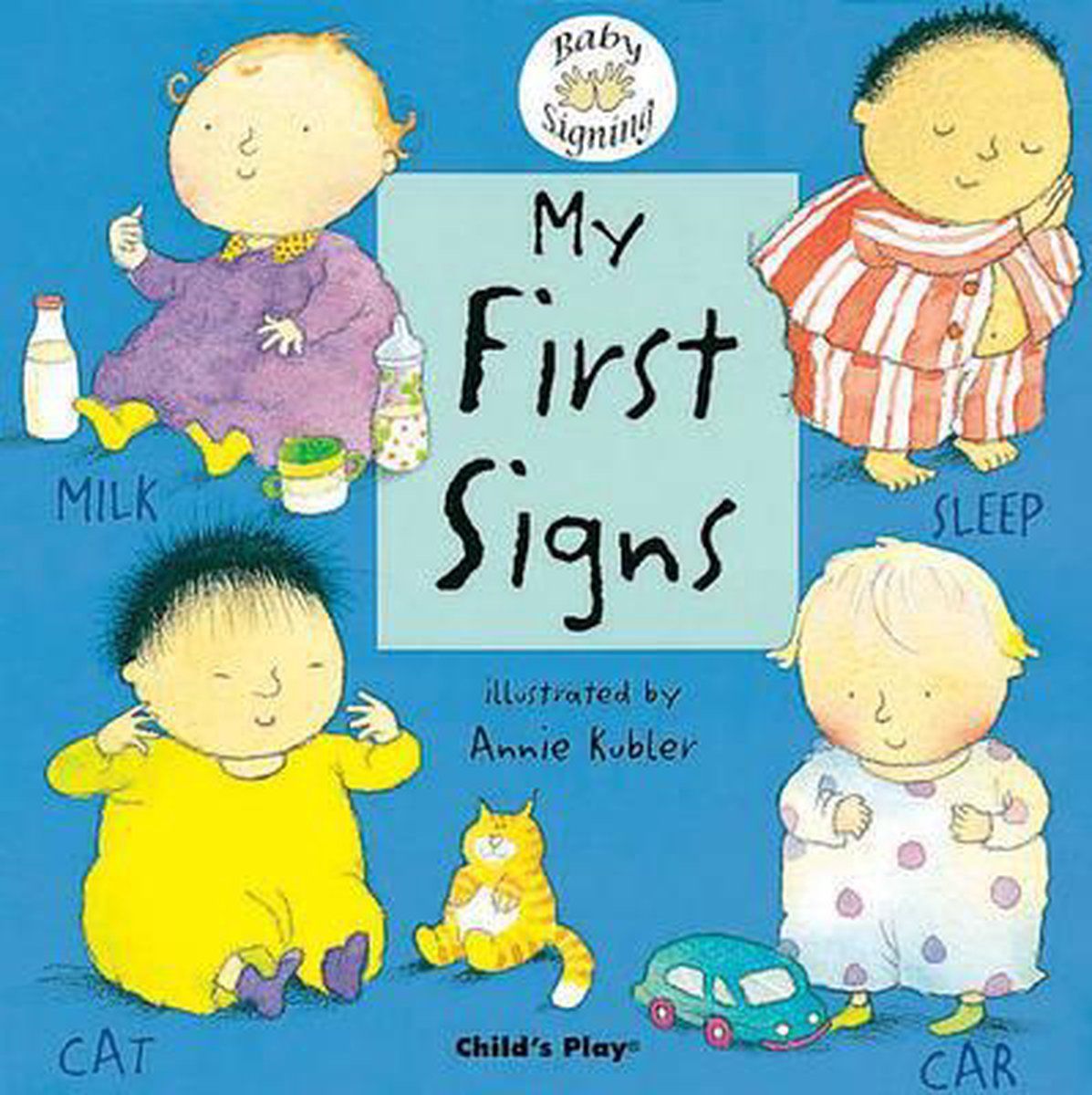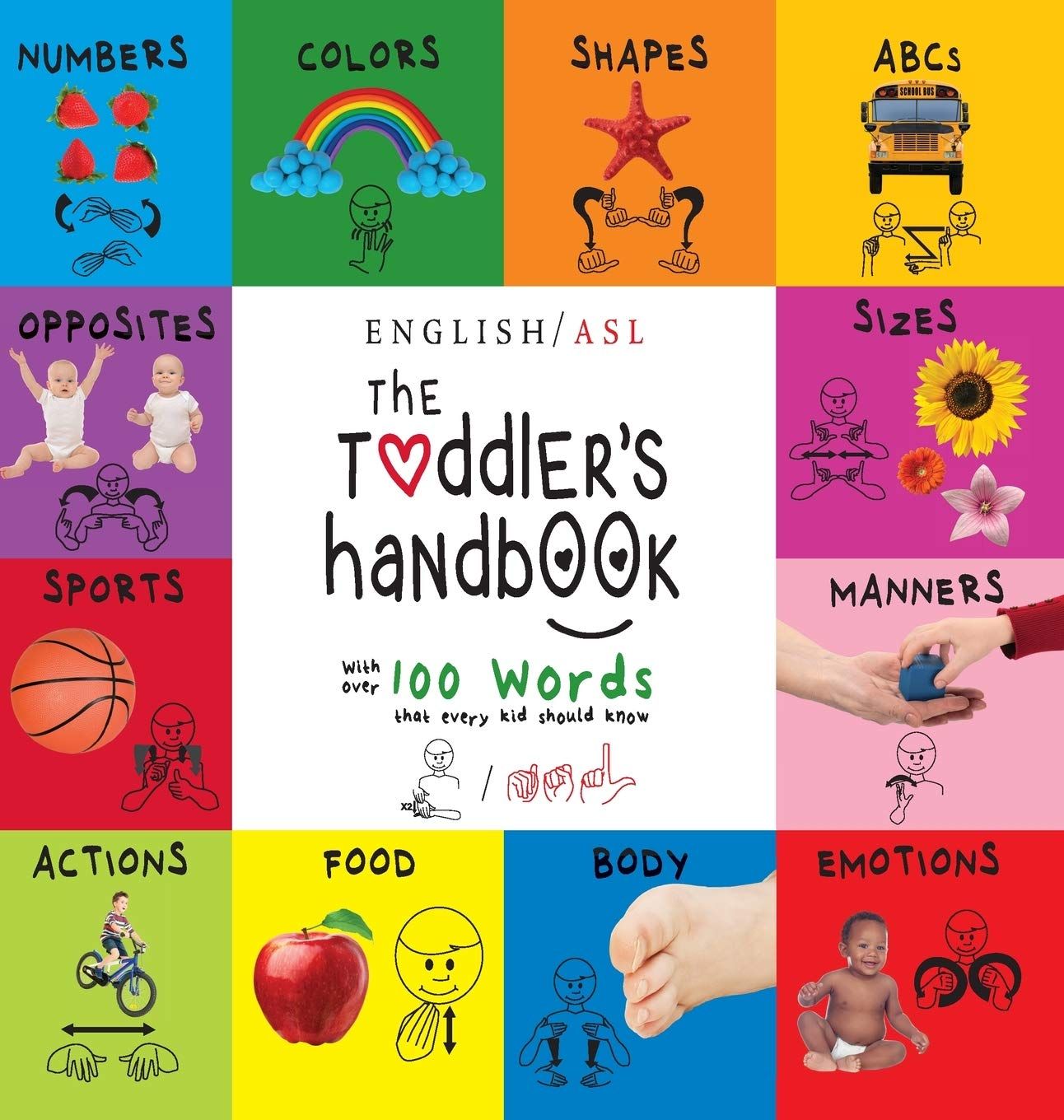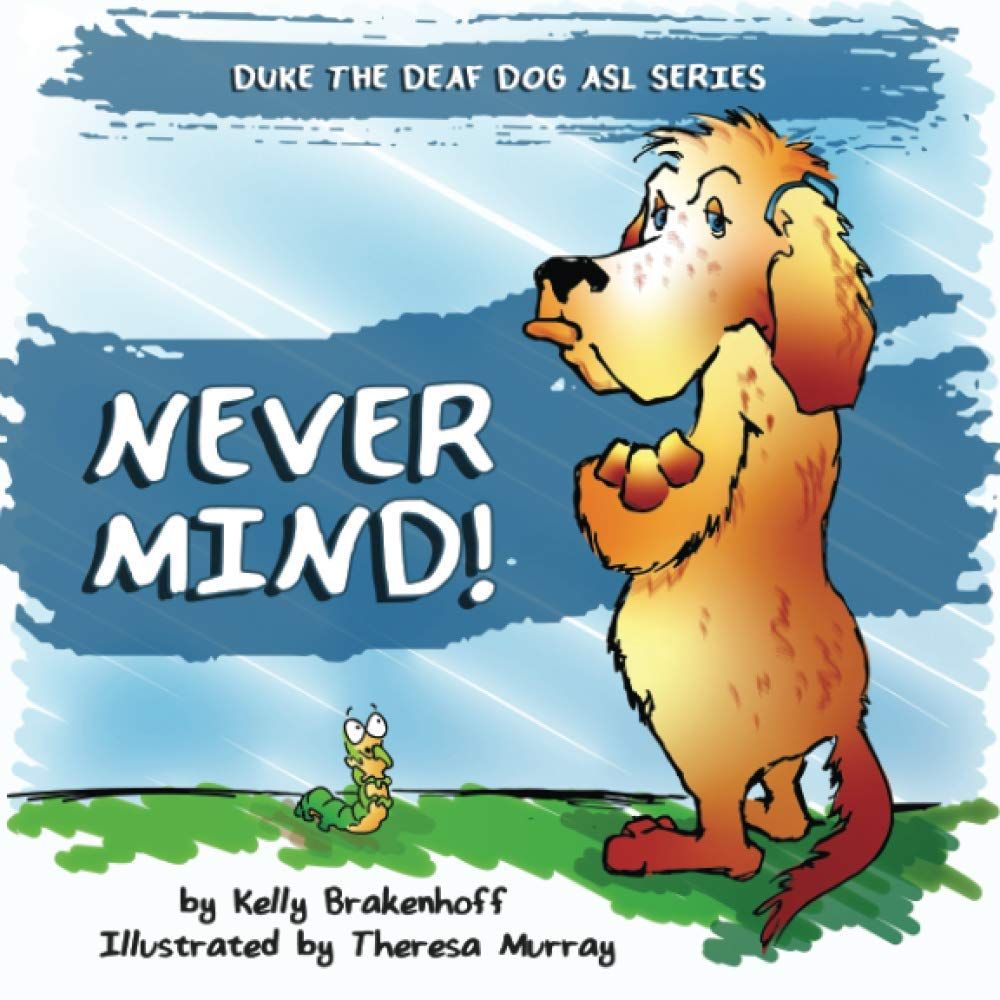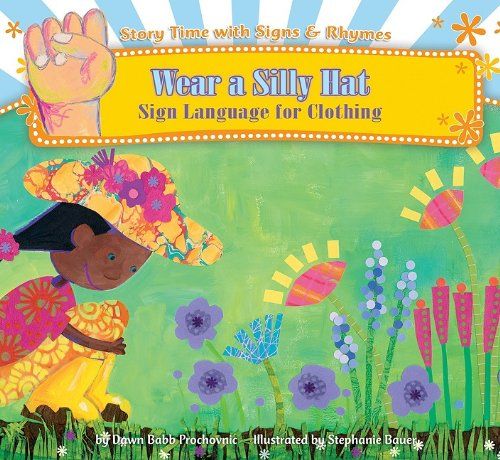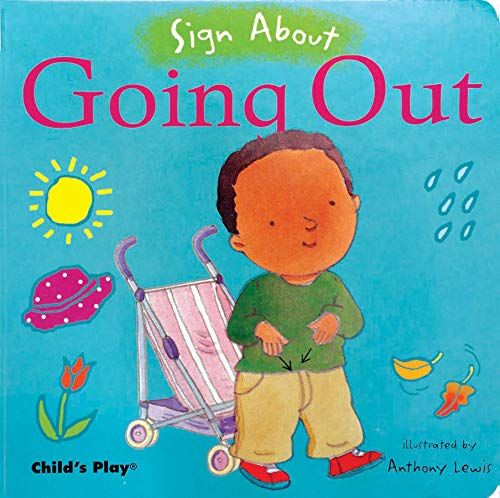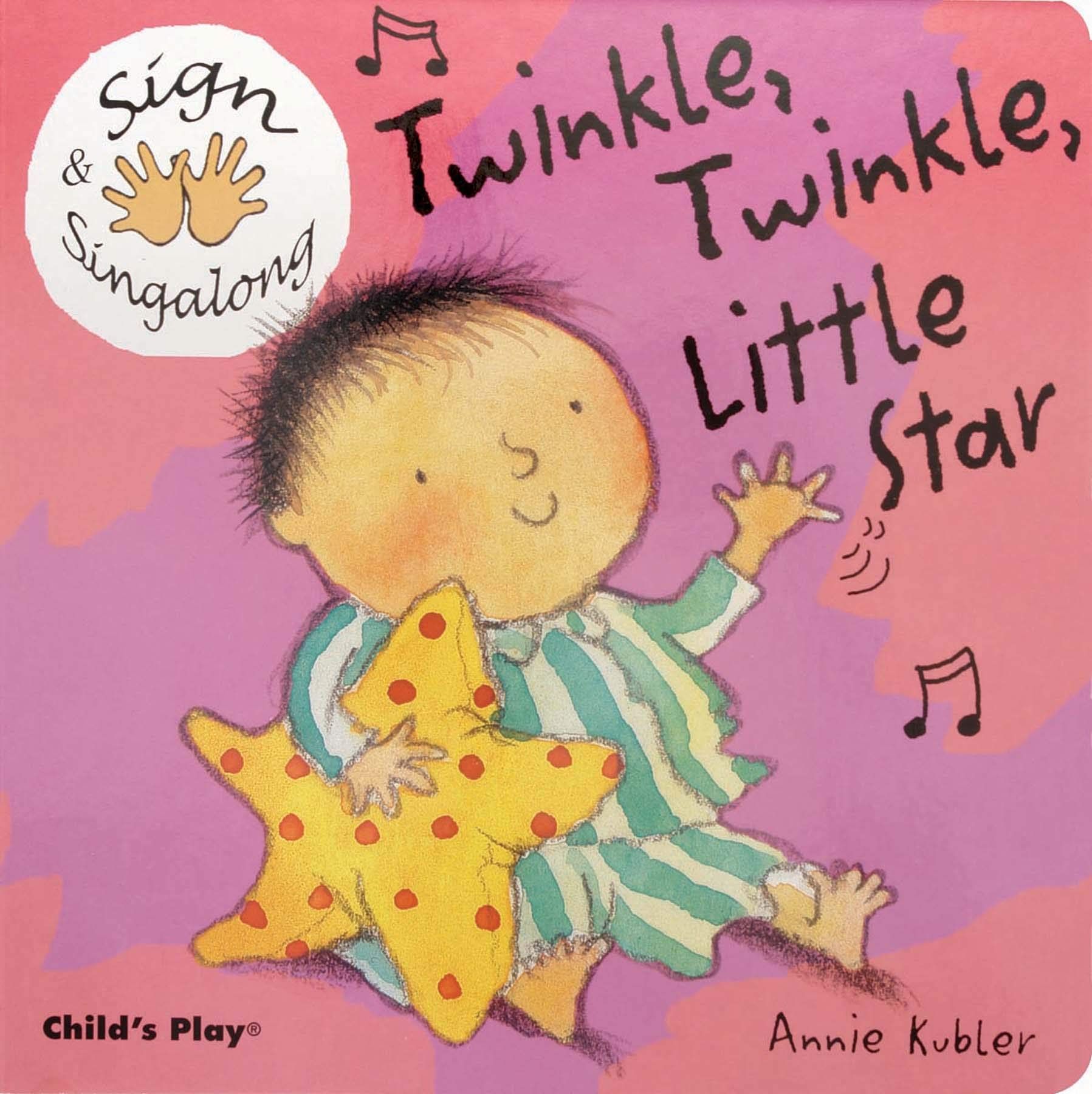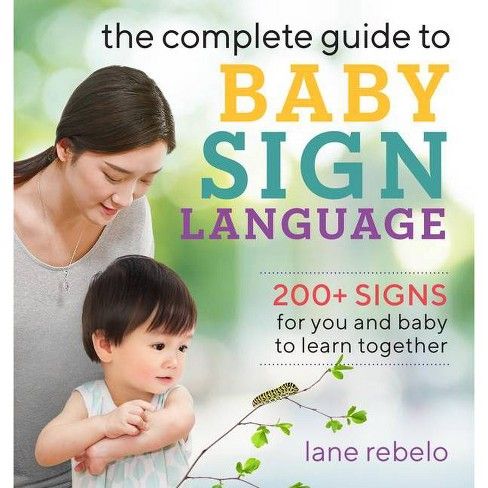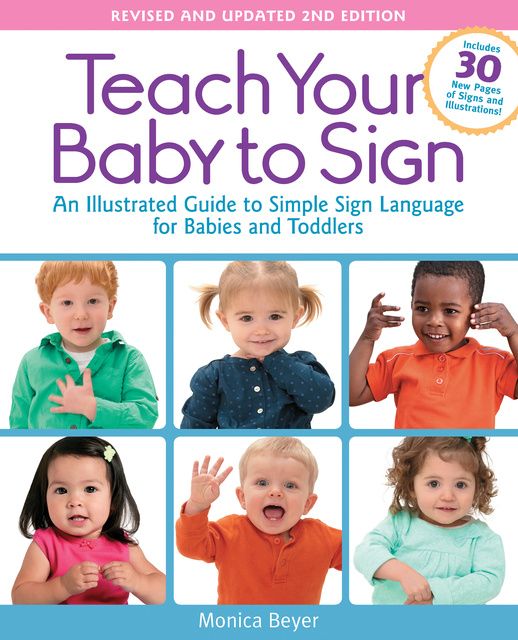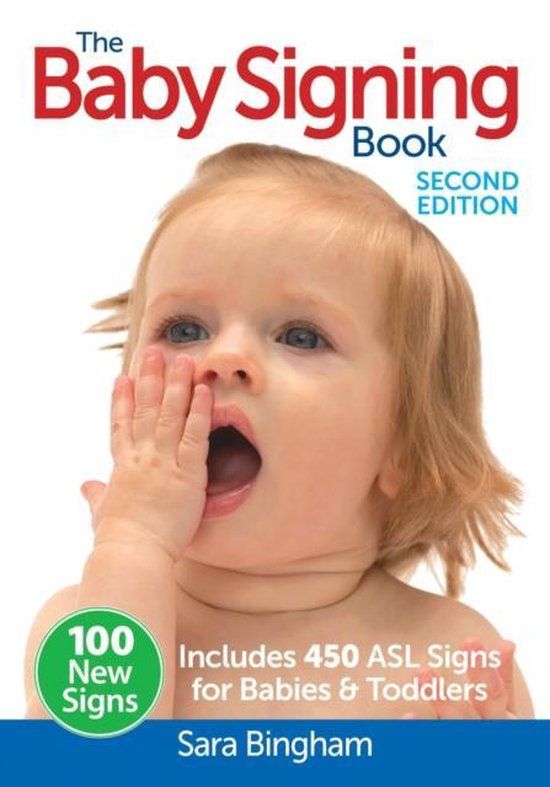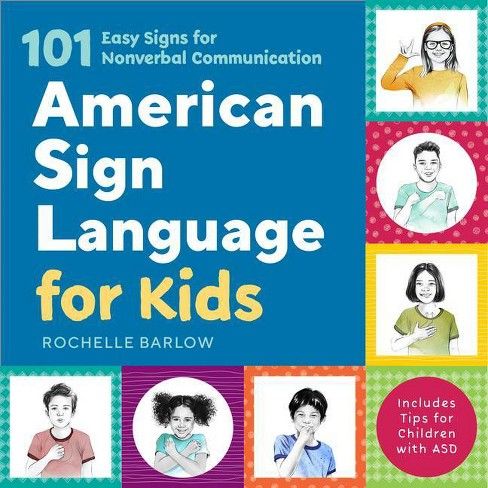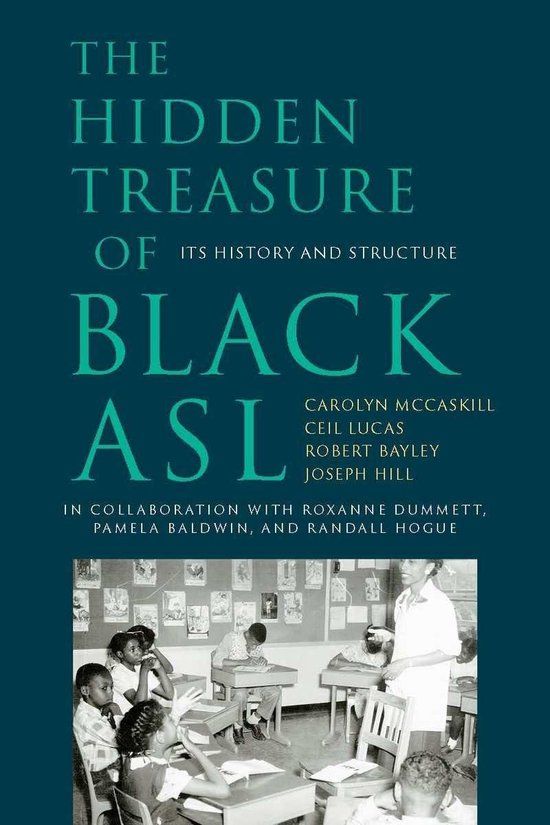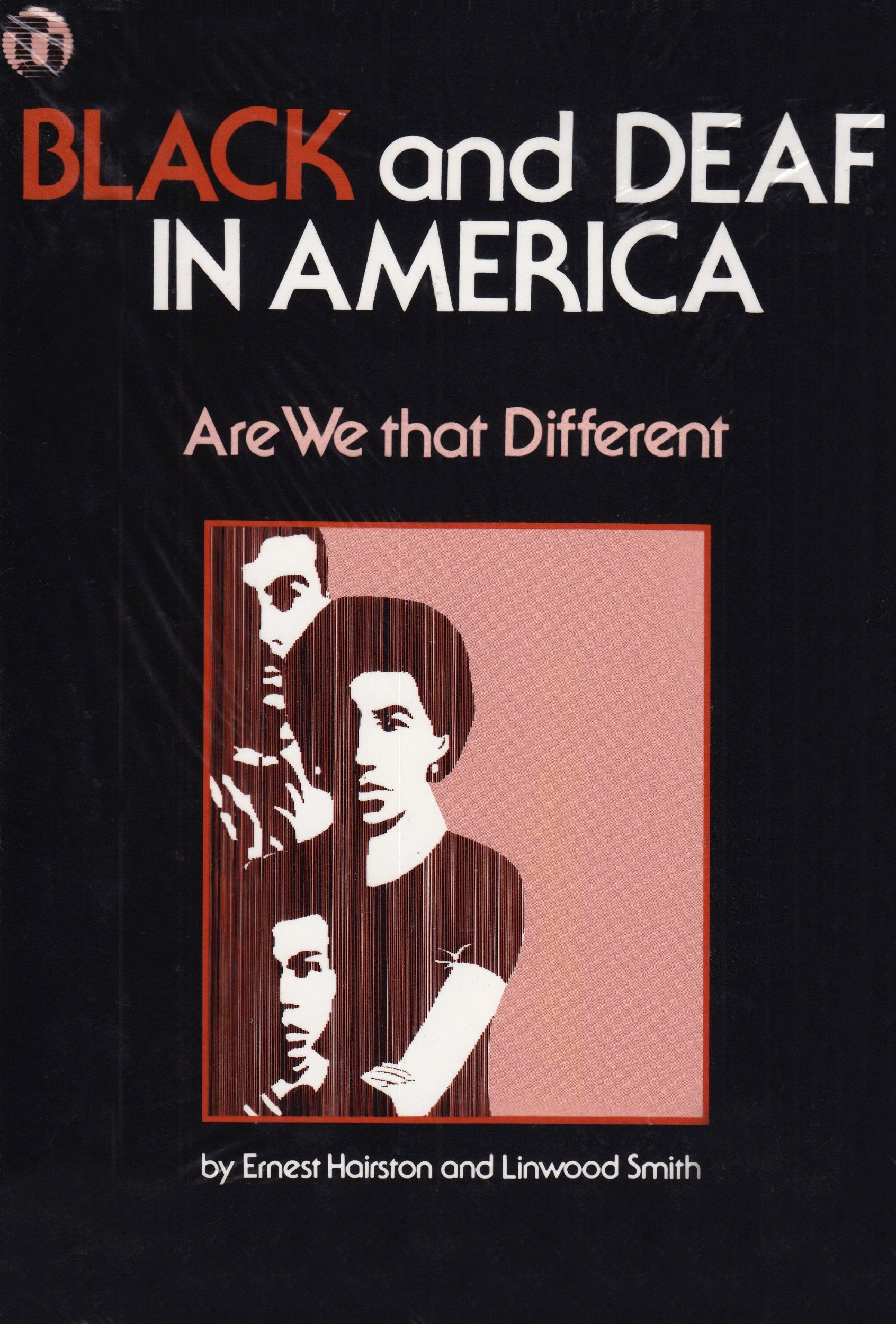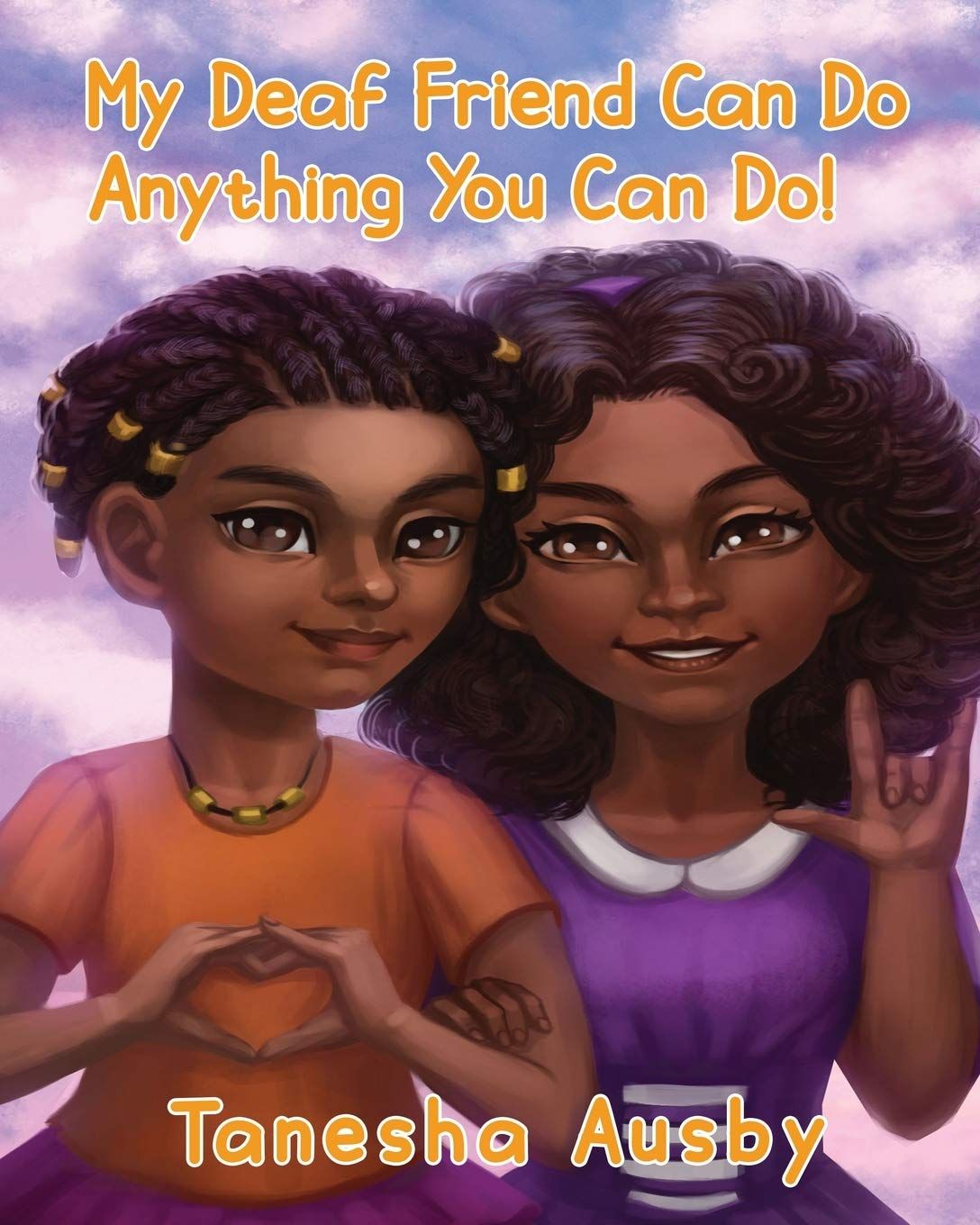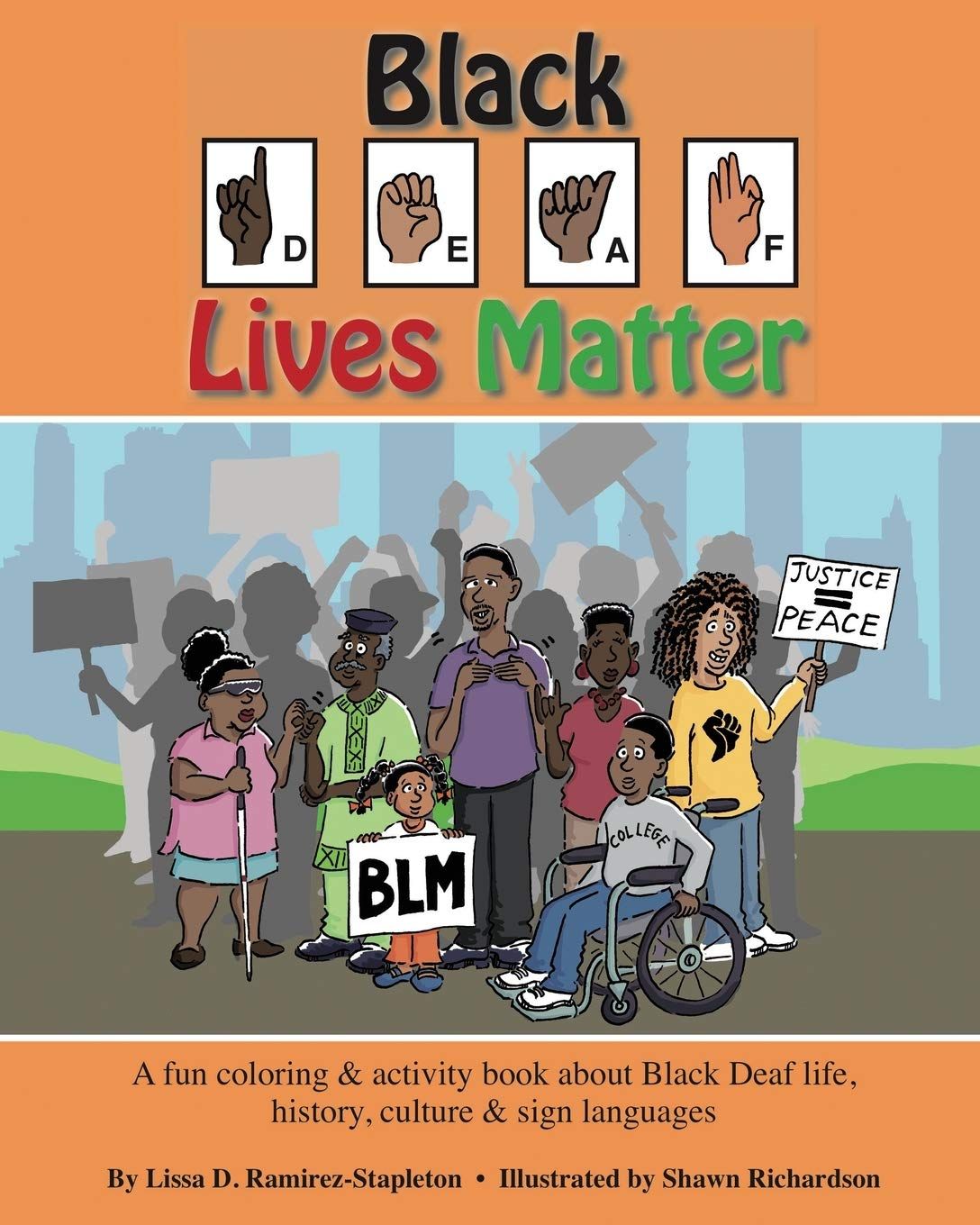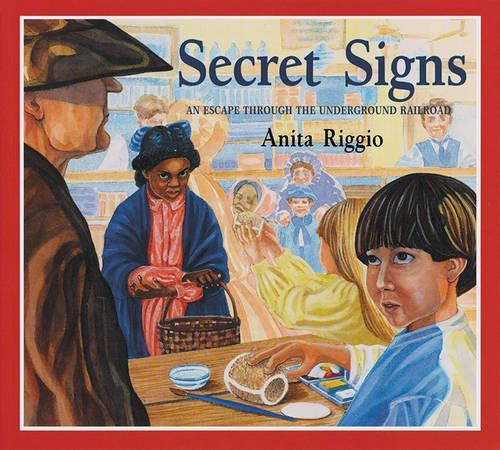My Journey With Sign Language Books
Sometime in the middle of this pandemic — do not ask me exactly when, because what is time anymore — I decided to start learning sign language. It wasn’t the same as picking up a hobby per se, but it seemed something useful to occupy my time, especially when masks became a daily item, and communication for Deaf and Hard Of Hearing people became even less accessible. I started by trying to learn American Sign Language; I speak mostly in English, and there are a lot of online resources and YouTube channels focused on teaching ASL. Living in the Netherlands, I soon realised it would make more sense to learn Sign Language Of The Netherlands. Although the online resources are fewer, I was able to start an online course, which I am still following (sign language is a bit like any other language: it is fun, but it is also tough learning it when you don’t really have anyone to practise with. Before any Sign Language Duolingo owls come for me, just know I’m doing my best). On my own journey I found other resources, including a Sign Language Dictionary, and even a game with simple sign language for toddlers and kids. ASL continues to interest me, though, so I still follow a few accounts focused on teaching ASL on Instagram. It’s always good to acquire the knowledge, and while I certainly don’t learn a word a day, some things stick. For example, to sign pasteurised milk, you sign the word milk going past your eyes (past-your-eyes milk = pasteurised milk). Obviously, not every sign is that straight forward, but a lot of the signs are very logical, which makes them easy to remember. I wish sign language was taught at school. Even when it comes to hearing toddlers, sign language is a powerful tool of communication, a great way to help both parents and kids to understand and be better understood, so it is always a good idea to include it into any child’s vocabulary.
Baby Sign Language
There are several stages of language development, and kids — hearing or Deaf — are able to understand concepts even before they are able to express those same concepts. When we talk about sign language used to communicate with babies, the basis are the same (communicating via gestures), but there is a distinction between ASL and Baby Sign Language, which is a lot simpler and meant to convey more specific messages between babies, toddlers, and their educators. ASL (or any other sign language), has their own grammar and sentence structure. Baby Sign Language is commonly used between hearing parents and hearing kids to better communicate needs or emotions in a straightforward, clearer way. With the use of simple gestures (for example, by taking a hand with the tips of the fingers touching each other to the mouth, to sign the word “eat”), babies can learn to mimic said gestures and understand their meaning as young as 6 months old, becoming in turn able to express themselves more clearly by using the same gestures back. This is something most of us already do instinctively when talking to babies, or even in situations when we can’t be heard and want to talk to someone. The use of gestures can also create fun interactions between people from different cultures, since the same signs can mean completely different things to people across the world, and we all, one way or another, learn some type of signing from birth. I still remember going out to eat with a group of Dutch people, and one of them moving an open hand next to their cheek back and forth, to gesture how delicious the food was. In Portugal, the same gesture would warn you that the person in question is about to spank you. Likewise, in Portugal you hold the lobe of your ear between thumb and index and shake it slightly to express that the food is “from behind the ear,” which means really, really good. So, truly, with our own peculiarities, and even when the gestures are not specified or standardised, we’re all doing it at any stage in life. Of course, there is a difference between these symbolic gestures we all use, and Baby Sign Language, whose gestures are based on those used by the sign language community, only simplified, so that babies can learn them. This list includes both Baby Sign Language books as well as ASL books for children.
Sign Language Books For Toddlers
Sign Language Books For Parents And Educators
The American Society For Deaf Children has a directory of stories available online, where you can watch people signing and reading out loud several children’s books. The books are catalogued by age. First Signs is is perfect for kids from 3 to 5 years, and has many great starting signs, like baby or help. The signs and illustrations are easy to follow, even for younger kids. It helps the kid communicate basic needs, and it contains easy to follow instructions on how to sign each word. It also includes an alphabet and number guide, even though it is mostly aimed at babies up to 3 years of age. The book was designed with parents and educators as well as the kids in mind, with simple but pretty illustrations. Each page contains a helpful tip to help those getting started, and it’s a larger book, perfect for the grabby hands of tiny toddlers. The pictures are a mix of illustrations and photos, with simple, but clear instructions on how to replicate each sign. The series start off with the premise of how frustrating it is to be dismissed when you haven’t understood what was communicated to you. It teaches kids to be patient with each other, and the book contains a link with access to online resources for easy learning, including a video of a Deaf parent signing the story. The second book, Farts Make Noise, plays with quiet and loud noises, and it will certainly delight many kids. Each book in the series teaches kids not only to sign, but concepts which will help their development. Amongst the various titles you will find: A To Z Sign With Me, Four Seasons Five Senses, One Trick For One Treat: Sign Language For Numbers, among others. The Sign About series does a great job at describing how to sign each word with simple, but clear, explanations, has beautiful illustrations, and includes titles such as Getting Ready, Play Time, and Meal Time. Recommended for babies as well, the illustrations are big and very well made. It includes detailed images so you can learn each sign without trouble, alongside other activities, like songs and games. Its recommended age range is 1 to 3 years, and it’s specifically aimed at parents and educators who want to teach their kids and are looking for a more complete book. You can combine this book with Baby Sign Language Made Easy. The book contains 200 signs that are easy to learn, with clear illustrations, photographs, and explanations of each sign, aimed at parents who wish to build up communication with their child. It also includes tips and activities, encouraging sign language to become a natural part of your daily routine. Besides the signs and explanations on how to do them, it includes real stories of parents who have used sign language to keep a strong communication going with their kids, as well as games and songs. A must-have. It includes precious information about signing with a small child, great description on how to make the sign, with chapters focusing on different age groups. There is even a field where you can take note regarding the child’s development: from being introduced to the sign, to assimilating it. The illustrations are simple, but clear. It is a very colourful book, and at the beginning of each chapter there’s an explanation as to what is the aim of that particular section. It contains memory, grammar, and teaching tips, and even sign variations or similar signs, so you can more easily learn to sign words with a similar base.
Black American Sign Language
If you have ever heard about AAVE (African American Vernacular English), you may not be surprised to learn that Black American Sign Language also exists. As I was doing the research for this article, I realised that there is a lack of authors of colour publishing books about ASL, but there are some resources specifically directed towards the Black American vernacular, and a few books for those who wish to learn and teach it. The following list isn’t directed at toddlers, but at those with whom toddlers interact on a daily basis and that might be interested in knowing more about BASL. Likewise, the list below contains a couple of books about sign language with a more diverse cast and stories. If you would like to learn how a deaf queer couple is incorporating American Sign Language into their baby’s life, here is an Instagram account that is worth checking out. It contains a study based on three questions: what was the socio-historical reality that made a separate variety of ASL possible? Which features of this variety of ASL do people call Black ASL? And lastly, can the same unique features identified in African American English be identified in Black ASL? The book and accompanying DVD contain a very interesting exploration of how this type of sign language came to be. It talks about these themes in relation to the power and need for communication in daily life – to have one’s needs met, to create relationships with others, to be understood; this is a short book filled with relevant information. She has written My Deaf Friend Can Do Anything You Can Do in order to bring more awareness into the Deaf community, and to build a bridge between Deaf and hearing people. This is an African American book for all ages, which makes one thing clear: Deaf people can do the same things hearing people do. Readers will also encounter signs as they read along. With examples of Black Deaf role models and activities for the family, it is aimed at ages 9 and older. Anita Riggio is a writer and illustrator, and on her website you can find information about her recent musical, Hear Me, with a cast of both hearing and deaf actors. Here is also a fun video teaching commonly used queer signs. We hope these sign language books for toddlers and other resources are helpful. Here is another list of sign language books geared towards parents you won’t want to miss.
